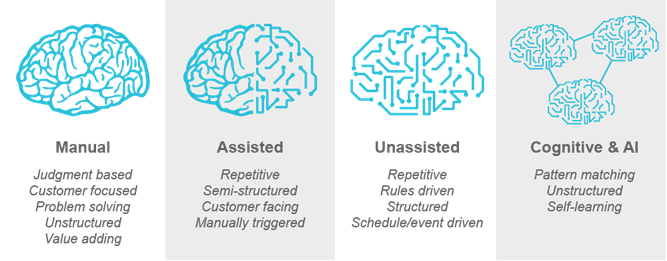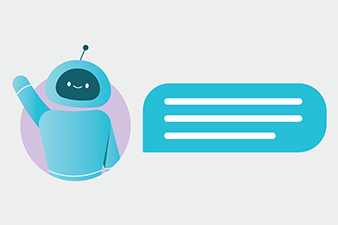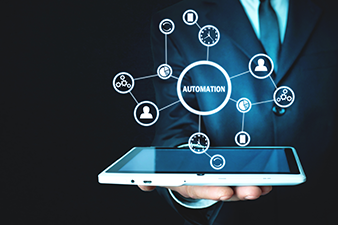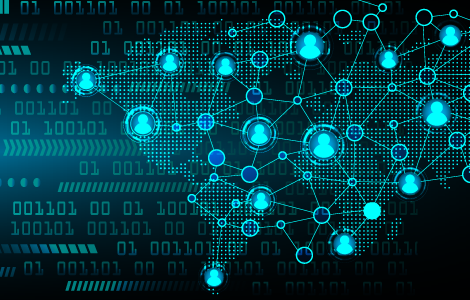
This is the second article in a series of three focused on intelligent automation in today’s global business services.
Article 1: Global Business Services: The Evolving Standard for Global Service Delivery
Article 3: How Intelligent Automation Will Impact Today’s Global Business Services Model
The first article in the series, “Global Business Services: The Evolving Standard for Global Service Delivery,” shared the typical global business services (GBS) operating structures and the common implementation pitfalls. This article explores the inevitable rise of intelligent automation and its impact on service delivery.
Whatever their global footprint, the key to the cost savings achieved over the past 10 to 15 years has largely been some form of labor cost reduction. But, what if there is an alternative to labor altogether? This alternative is being offered by several new “intelligent automation technologies.” Just when most leading multinationals are building out their GBS footprint to maximize access to lower cost labor, new technologies are being introduced which reduce the need for labor altogether. The discussion is moving from a focus on “labor arbitrage,” which yields cost savings of 15% to 30%, to “labor automation,” which yields cost savings of 40% to 75%.
These new intelligent automation technologies can roughly be grouped into three categories: (1) Robotic Process Automation (RPA), (2) Virtual Agents (VAs), and (3) Artificial Intelligence (AI). Each is briefly described below.
Robotic Process Automation
RPA involves the use of a virtual worker (or software “robot”) to complete computerized tasks using a software application user interface, replacing the need for human intervention. RPA is logic-based software which automates: (1) repetitive digital steps, (2) rule/logic-driven steps, and (3) processes with static rules. While leading ERP packages perform many of these same tasks, RPA is different insomuch as the processes are executed on the presentation layer, replicating human actions. RPA “bots” can also run multiple tasks simultaneously, whereas ERP software typically runs tasks sequentially. Also, new “bots” can be added to move higher process volumes. They also require far less IT involvement to implement, resulting in faster “green lights” for additional applications.
Support services employees spend the majority of their time looking up information using other software/ERP packages, completing repetitive calculations, shifting data from one system to another, and filling in online forms. Many of these tasks are critical for supporting customers, but they are also time consuming, error prone, and tedious. Designing service “bots” to replace these tasks can free up back-office workers to focus on higher-value activities. Examples where support services “bots” have been used to automate repetitive tasks include invoice processing, account reconciliations, offer letter issuance, background check adjudication, and fraud protection.
Some of the companies currently offering RPA solutions include Automation Anywhere, Blue Prism, Eplance, Exilant, OpenConnect, Kryone Systems, and UiPath.
Virtual Agents
VAs (also referred to as “virtual reps,” “intelligent agents,” or “chatboxes”) are customer relationship management software tools designed to mimic the role of online, human services representatives. VAs act like human beings in both language and communication interaction. They allow customers to execute routine transactions, such as marking reservations, purchasing catalog items, answering standard questions, and updating customer profiles. VA software may also use natural language processing to understand the intent of the customer and guide them to their desired outcome.
Since VAs are designed to act like humans, they lend some degree of personalized service to otherwise automated interactions. As such, VAs are a natural fit for providing chat support to customers (often known as chat-bots). In most cases, VAs can also refer the customer to a human services representative, should the nature of the transaction move beyond the software’s programmed scripts. VAs reduce labor costs, encourage self-service, and foster customer loyalty.
Some of the companies currently offering VA solutions include IPSoft, Nice, Astute Decisions, Jacada, NanoRep, and Dixa.
Artificial Intelligence
AI involves the use of computer software to perform tasks normally associated with human intelligence, including decision making, visual/pattern recognition, speech recognition, and translation between languages. AI software has the ability to both “learn as it goes” and to “think on its own.” It moves beyond the capabilities of RPA and VAs, which are limited to dealing with structured and repetitive tasks. AI software can sense, reason, and act using both structured and unstructured data.
Current AI capabilities include competing at a high level in strategic games (such as chess), serving as the “brain” for autonomous cars, conducting military simulations, scanning documents for relevant information, performing foreign language translation, predicting personality characteristics through written text, and understanding emotions, social tendencies, and values through written text. As you might imagine, many of these characteristics are currently being combined with VA software, so the line between these two technologies is becoming increasingly blurred.
As AI solutions mature, potential applications found in the GBS environment include credit and risk analysis, fraud prevention and controls, forecasting, planning and budgeting, tax strategy, M&A targeting, workforce planning, and compensation design.
Companies currently offering AI software solutions include IBM (Watson), Google, Microsoft, OpenText (Magellan AI), DataRobot, and WizeLine.

Summary
Regardless of your perspective, you can’t ignore that these new technologies are going to fundamentally affect how GBS organizations deliver their services in the future. Whether they represent a problem or an opportunity, it is better to face them now rather than postpone the inevitable.
For additional insight, read the third article in the series, “How Intelligent Automation Will Impact Today’s GBS Model.” This article further explores the quick adoption of IA technologies to shared services solutions and what it means for GBS organizations.
For more information on how ScottMadden can assist you in designing, implementing, or improving your GBS organization, please contact us.



































































